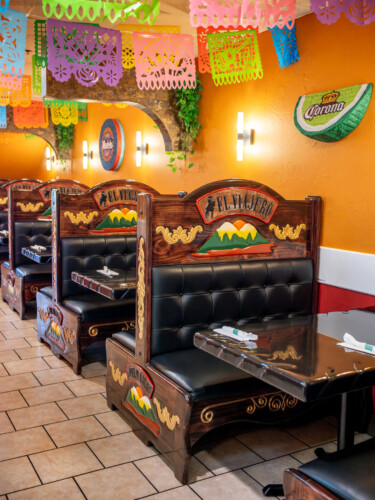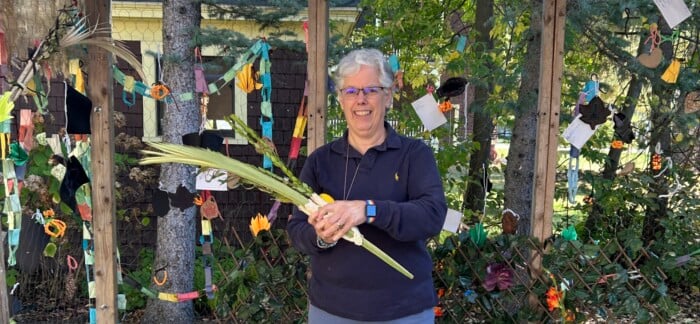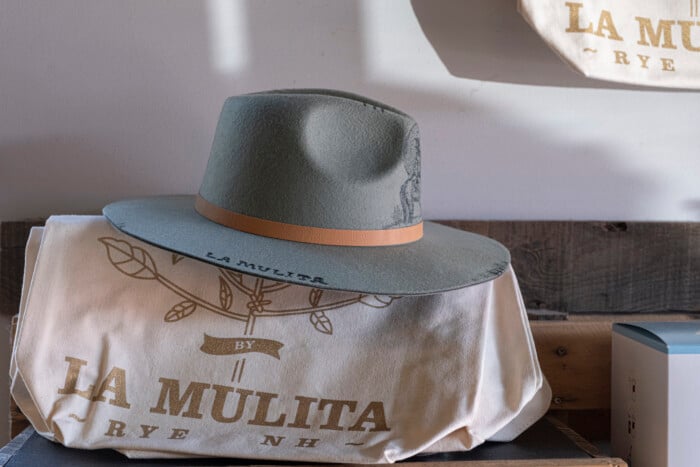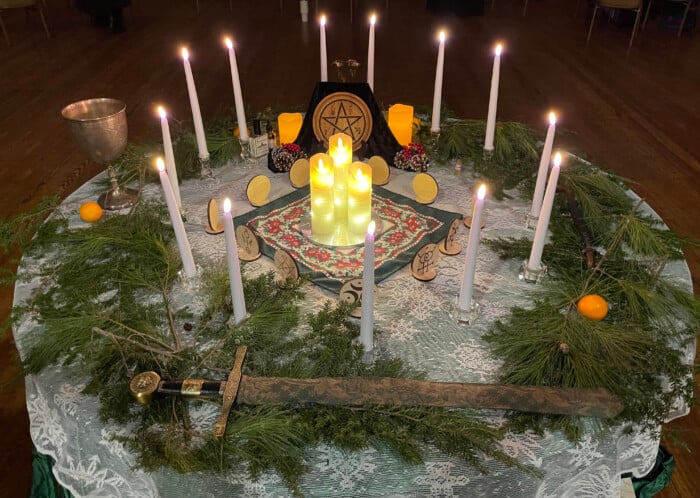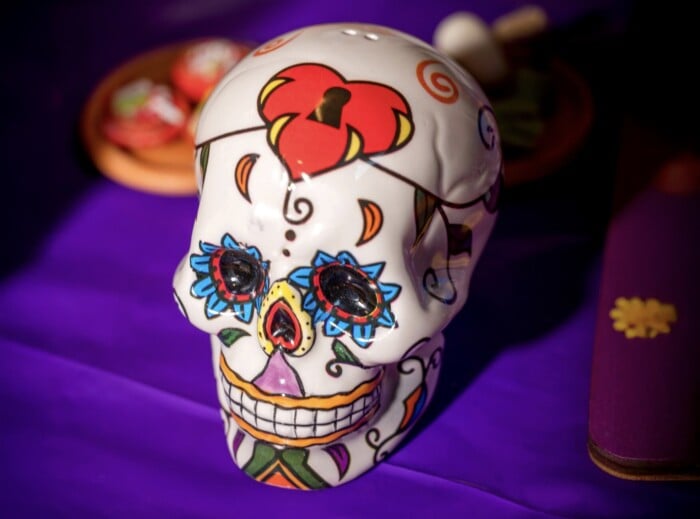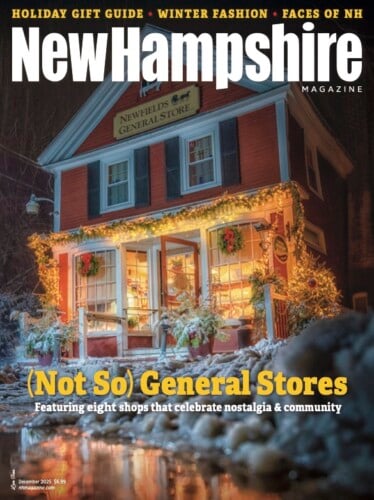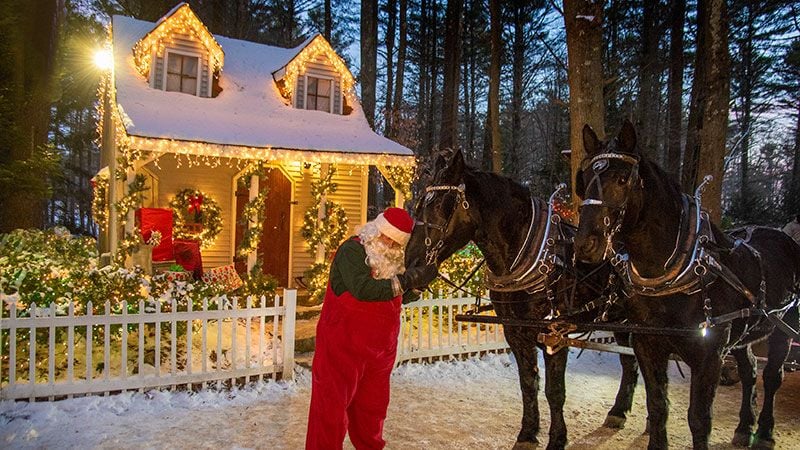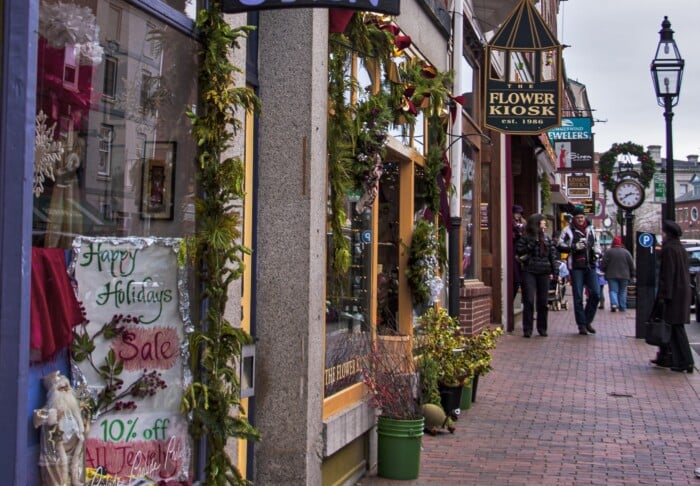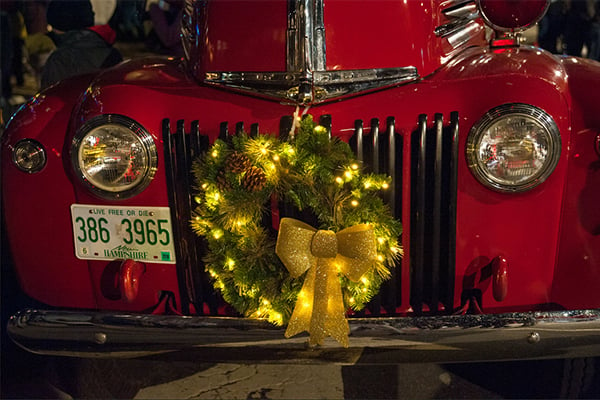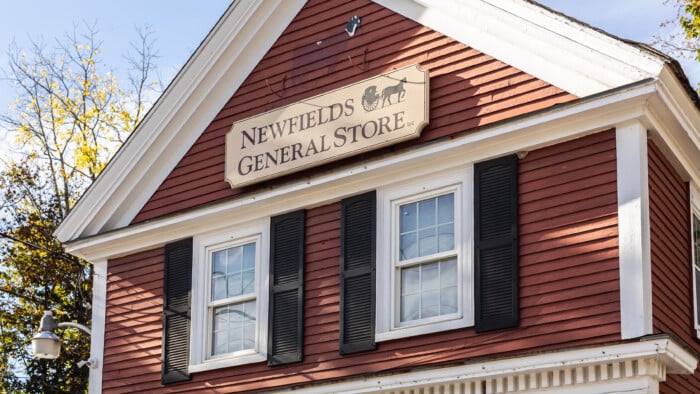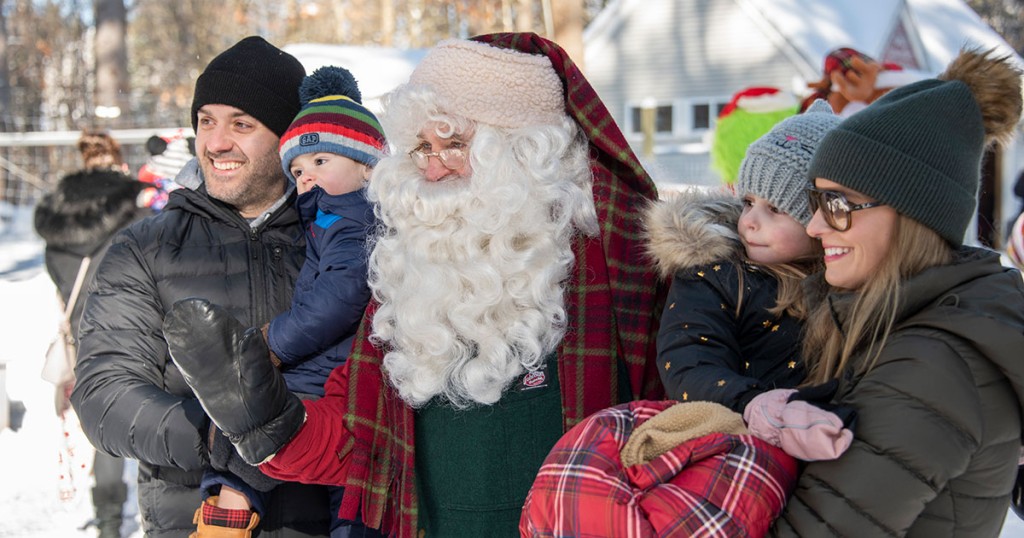Traditions that Unite Us: Día de los Muertos
Learn more about the two-day Mexican holiday, celebrated at the beginning of November, that reunites the living with the dead
While losing a loved one is a solemn occasion of mourning, in Mexican culture, those who have passed on are remembered in a sentimental, even joyful, way during Día de los Muertos, the Day of the Dead.
“It’s a favorite tradition of my culture,” said Maria Garnica, who owns the El Viajero Restaurante Tradicional Mexicano in Hooksett with her husband, Miguel. “It reunites the living and the dead.”
The holiday is a blend of Indigenous and Spanish Catholic traditions that has become a national symbol in Mexico and a popular, evolving celebration in the United States. It began as an ancient Aztec custom of celebrating ancestors with All Souls’ Day, a holiday that Spanish invaders brought to Mexico starting in the early 1500s.
It is celebrated on Nov. 1 and 2, the dates of the Catholic All Saints Day and All Souls Day. It follows Halloween on Oct. 31, also called All Hallows Eve, which originated as a vigil before Día de los Muertos.
The holiday is like a family reunion — except dead ancestors are the guests of honor. Día de los Muertos is a joyful time that helps people remember the deceased and celebrate their memory.
“November 1 is for the children who have died,” Garnica said. “Adults are celebrated on the 2nd.”
Born in Jalisco, Mexico, Maria Garnica grew up in Mexico City and came to the United States in 2016 for college in Tennessee. There, she met her husband, who was also from Jalisco.
“We moved around and tried out different places,” Garnica said. “Miguel has family here in the Tilton area, and we ended up in Hooksett.”
They grew fond of their new town and worked at different restaurants. Miguel, especially, worked in all different positions at the restaurants.
In 2024, they opened their own establishment, El Viajero Restaurante Tradicional Mexicano, in Hooksett. El Viajero means “The Traveler,” who the couple says stands for what they are in essence, as a family — El Viajero with a dream.
While Miguel does the day-to-day cooking and running of the restaurant, Maria takes care of the administrative tasks. The couple have four children, ages 2 months (at the time of a September interview) to 7 years old.
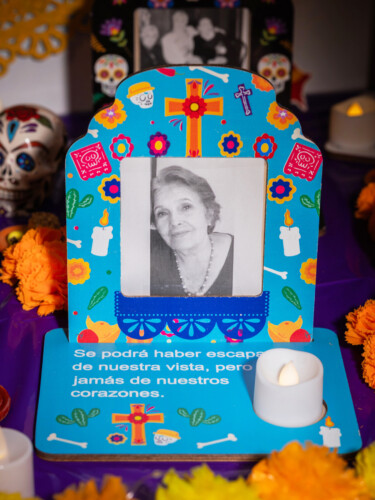
Abuela (Grandma) Maria, whose favorite food was tamales is pictured here at the alter. The display translates to: “You may have escaped from our lives but not from our hearts”
“We haven’t lost anyone but my grandfather on my mom’s side. He was almost 100 years old with a strong personality,” Garnica said. “We mourn that we wish he was happier in life and had a happier childhood. It’s a bittersweet feeling.”
The most prominent day is Nov. 2 when they gather at cemeteries, she said.
“We bring colorful marigold flowers (cempasúchil), as well as foods that loved ones liked. There is a lot of singing welcoming them back in the spirit of reunion,” she said. “Families believe the souls of dead come back to visit. We believe that death is a natural part of the life cycle.”
Garnica said it is customary to build an ofrenda (altar) in their home.
“It has a lot of symbolism. It’s like a seven-level pyramid, and everything has a purpose. There are photographs of the deceased, candles, marigold flowers — bright in color. The scent of the marigold and incense calls them back,” she said.
“We bring water to quench the thirst of the souls, and some bread. We also add personal items they enjoyed in life, like books, toys or instruments. We add colorful delicate paper to represent life in the wind. We add salt for purification of the soul and crosses, rosaries and images of the saints.”
On Nov. 1, Dia de los Angelitos (Day of the Little Angels) starts the holiday at midnight, when the spirits of all deceased children are believed to be reunited with their families for 24 hours.
Families will construct an ofrenda with colorful designs. They will add the departed child’s favorite snacks, candies, toys and photographs to encourage a visit from their departed children. The names of the departed children will often be written on a sugar skull or one made of chocolate.
During Día de los Muertos, it is common to see life-size papier-mâché skeletons and miniature plastic or clay skeletons. Its symbolism for Mexicans is to honor their ancestors on the Day of the Dead, but also reminding themselves that death is just a part of life.
Día de los Muertos is a rare holiday celebrating death and life. It is unlike any holiday where mourning is exchanged for celebration.
To learn more about El Viajero Restaurante Tradicional Mexicano, visit elviajerohooksett.com.
Buñuelos Recipe
Shared by David Vargas, owner of Vida Cantina, Portsmouth
4 cups all-purpose flour
2 tsp. baking powder
2 tbsp. sugar
1 tsp. salt
2 eggs
2 tbsp. butter, melted and cooled
1.5 cups warm water
2 tsp. vanilla paste
In a stand mixer or large bowl, add flour, baking powder, sugar and salt.
In a medium bowl, whisk together egg, melted butter and vanilla. Slowly add the wet ingredients into the dry ingredients until it’s soft and forms a smooth dough. The dough should not be sticky. Cover the dough with a kitchen towel and let it rest for 30 minutes in the fridge.
Weigh out 1-ounce balls and roll out perfect circles. Store them like hand-pressed tortillas on half-sheet trays with plenty of flour.
Heat oil in a skillet to 350°F. Carefully place the dough into the hot oil and fry on both sides until golden brown. Remove from the skillet and place on a paper towel to drain excess oil. While still warm, coat with cinnamon sugar and finish with a drizzle of agave.

